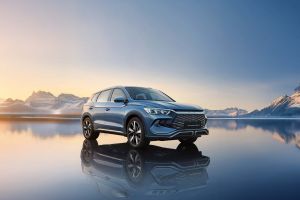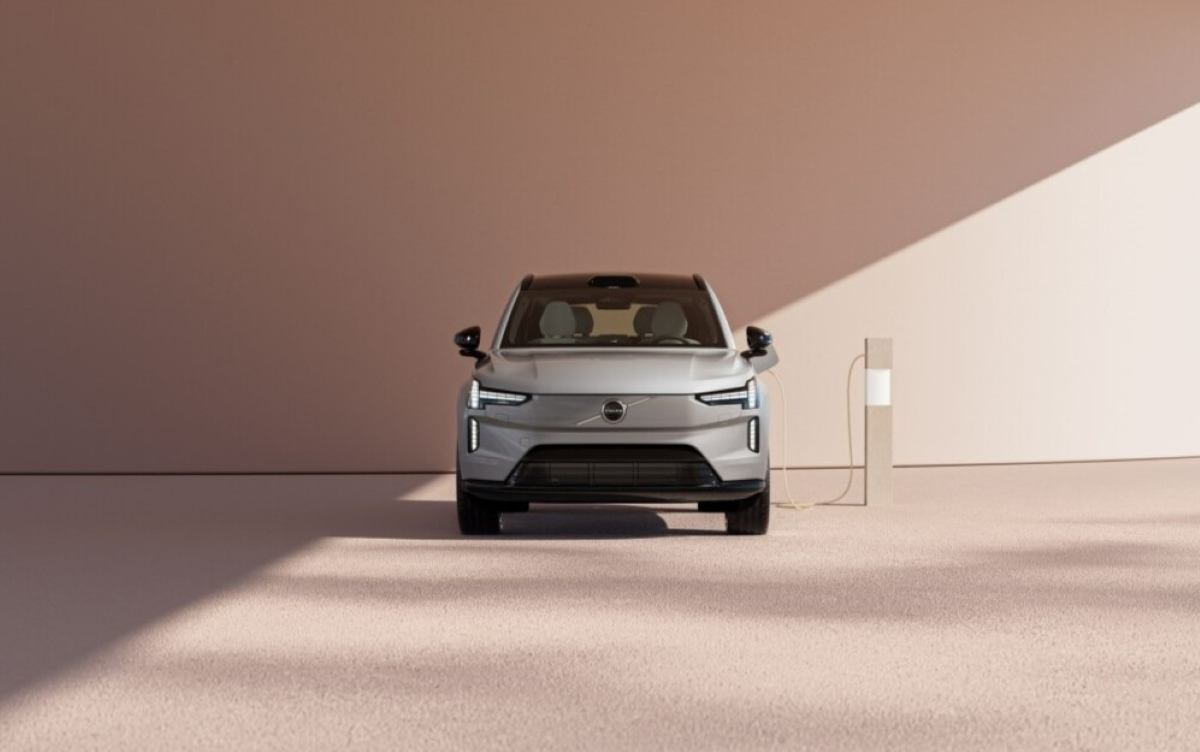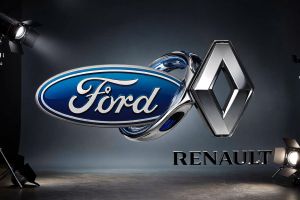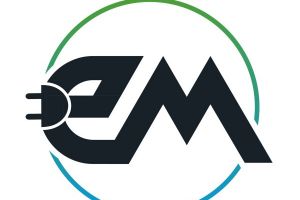
BYD brings affordable PHEV SUV to the market
BYD has added another model to its line-up in South Africa. This time it is the Sealion 5, which slots in below the larger Sealine 6, which is also available locally.
- Product News
- 15 December 2025
Electric vehicles are an important step towards a more sustainable society, but the cars and their batteries can do so much more than eliminate exhaust emissions.

For example, did you know that stationary electric cars have the potential to power your house, your appliances or even return power to the energy grid, according to Volvo.
To capitalise on that potential and help support the transition to a smarter, more sustainable and more efficient energy grid, the company is now launching Volvo Cars Energy Solutions. It is a completely new business unit that will offer energy storage and charging-related technologies and services that form the connective tissue between our cars, our customers’ lives, the efficient use of energy and society at large.
For example, bidirectional charging is a technology that allows an electric car to give back extra battery power to a compatible grid, helping to balance the grid during peak hours and reduce the need for fossil-fuel generated electricity.

Volvo’s new flagship, the fully electric EX90 SUV, will be the first Volvo car equipped with all the necessary hardware and (over time) software to enable bidirectional charging and direct energy storage from solar.
Together with Göteborg Energi Nät AB, the local grid company in the Swedish hometown of Gothenburg, they are now launching one of the first vehicle-to-grid (V2G) pilot programmes that aims to test such V2G technologies on the local energy grid and in a home environment with real customers. The pilot deliberately uses a low-cost AC wall box because it will help to accelerate widespread adoption of the technology.
The pilot project not only aims to gain acceptance from a grid company and to demonstrate to other grid companies that V2G programmes can provide tangible benefits, but to create a testing arena for new technologies that are central to the future of Volvo Cars outside our labs.
“With bidirectional charging, you can use your car battery as an extra energy supply, for example to provide power to your home, other electric devices or to another electric Volvo car,” says Alexander Petrofski, the new head of Volvo Cars Energy Solutions.
“As we aim to be a fully electric car company by 2030, we’ll bring millions of electric Volvo cars on the roads in the coming years. Our engineers have calculated that the total battery capacity of that fleet will reach around 50 GWh by mid-decade. While these cars will use several TWh in electricity each year, this energy consumption is flexible and can be moved in time via smart charging.
“At the same time, data from our Volvo fleet shows that the average daily drive in Europe uses less than 10 kWh, while 90 per cent of all daily drives use less than 20 kWh. This means there is ample spare battery capacity left that can be used for other purposes, with the possibility of both financial benefits for our customers and significant climate benefits,” he says.

According to a Reuters report, Ford and Renault have agreed to work together on a new generation of compact, lower-priced electric cars for Europe, while also expanding cooperation on commercial vans, as both manufacturers seek to defend their market positions against increasingly aggressive Chinese rivals.

As South Africa forges ahead in the automotive landscape, a notable divide has emerged in the growing realm of new-energy vehicles.

Kenya’s automotive industry recently made headlines when Tad Motors unveiled its first range of locally assembled electric vehicles (EVs), igniting discussions across Africa about the continent’s growing capacity for indigenous mobility solutions.